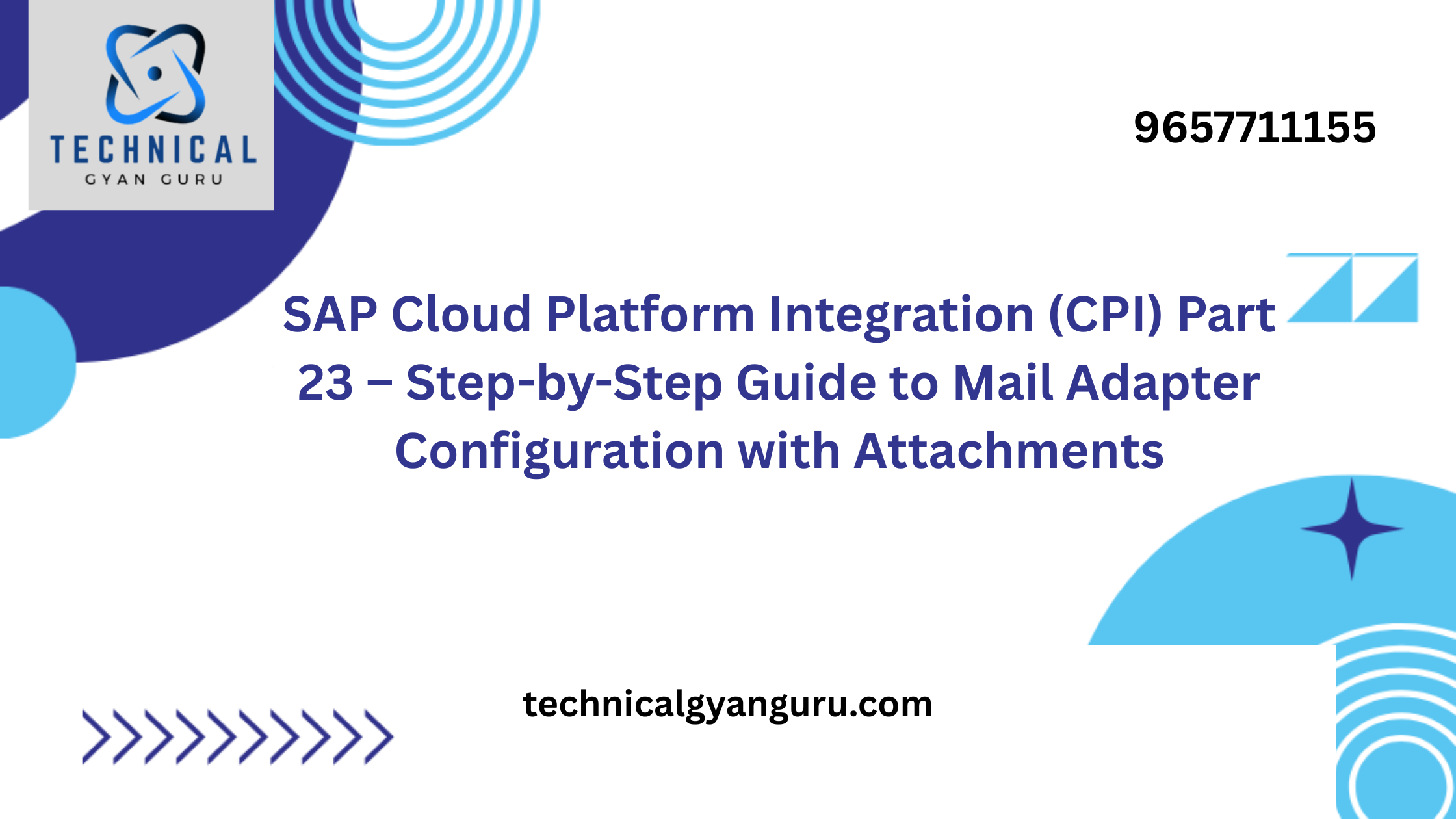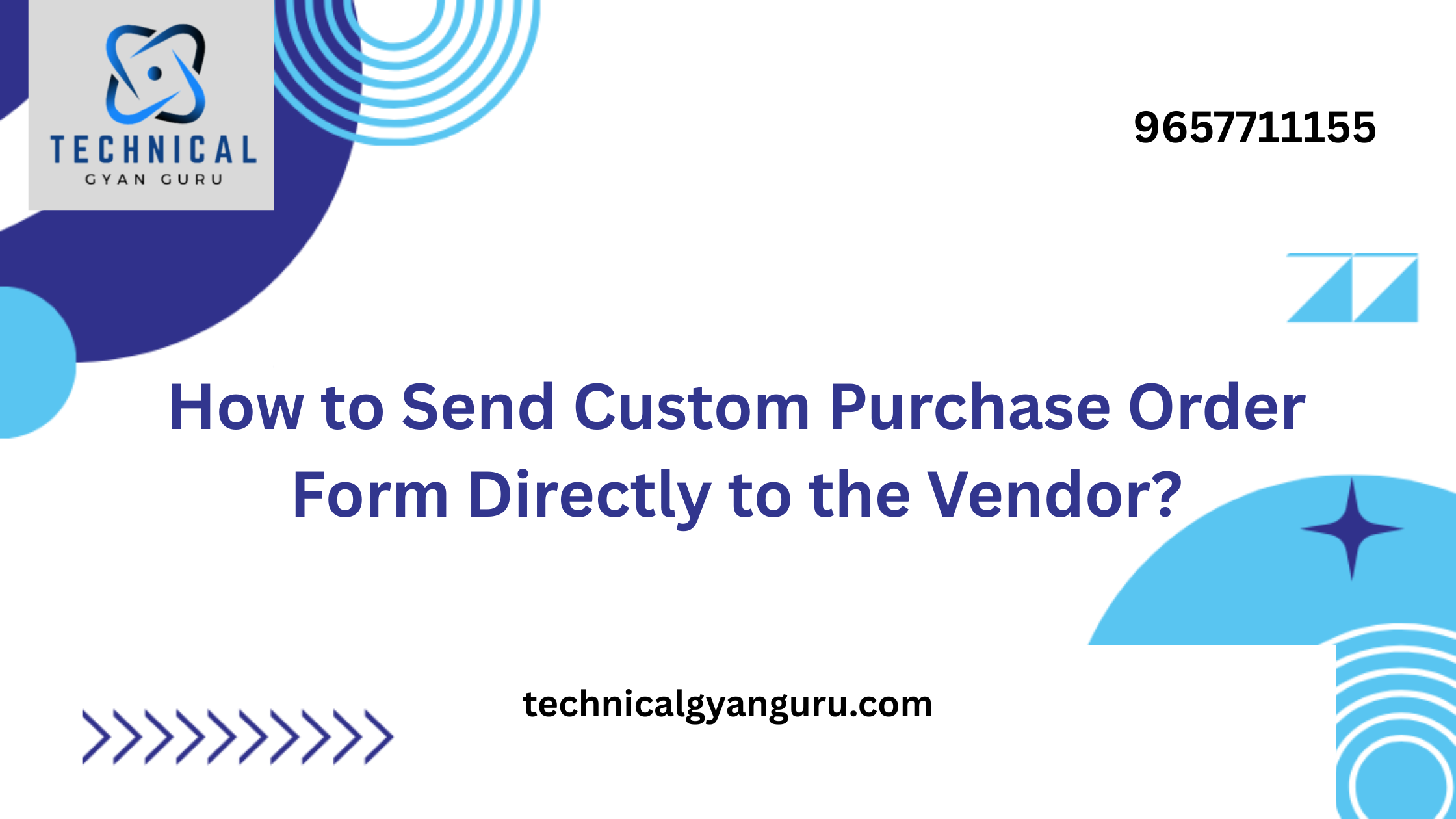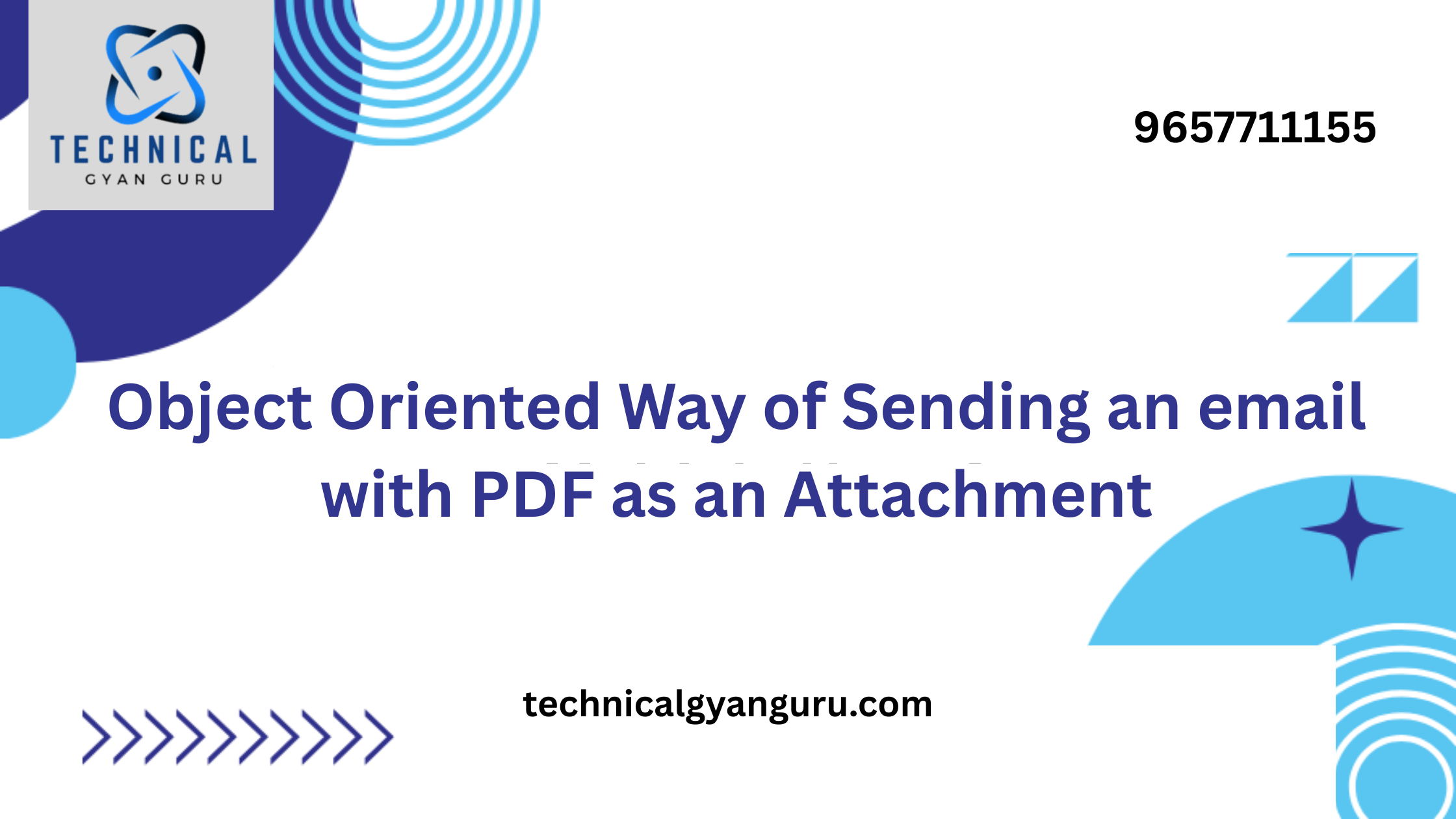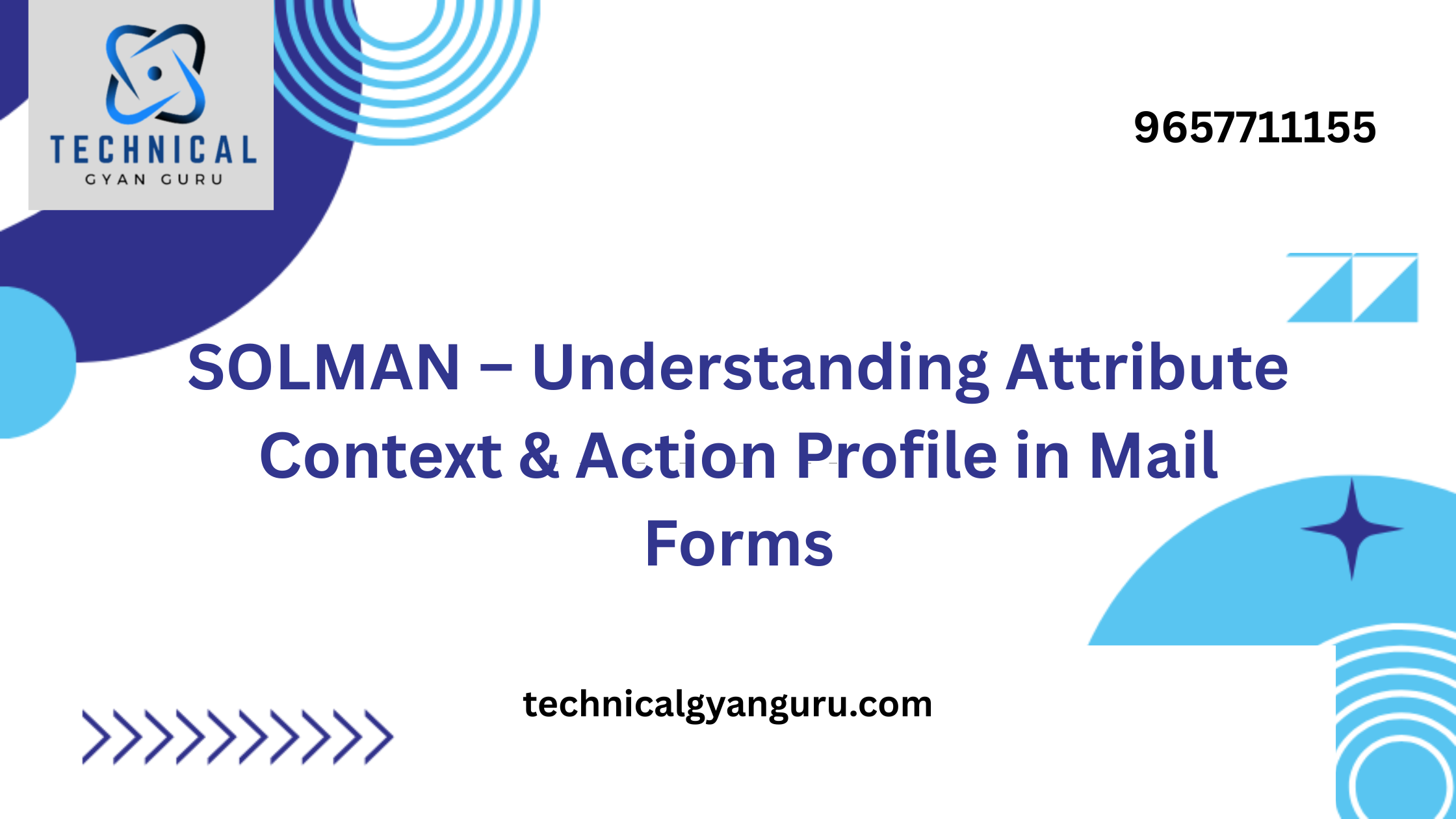HANA XS ODATA: OData is a resource-based web protocol for querying and updating data. OData defines operations on resources using HTTP commands (for example, GET , PUT , POST , and DELETE ) and specifies the uniform resource indicator (URI) syntax to use to identify the resources.

Expose data residing in SAP HANA via Odata services
Introduction: HANA XS ODATA
The articles Introduction to OData Service and OData Architecture explain the basics of OData.
In the article Introduction to SAP HANA XS, we also explained that SAP HANA XS can be used to expose data from Tables, Views and Modeling Views to UI layer.
In HANA XS, there are major 2 ways to expose data the data to clients – OData and XSJS. In this article we will talk about OData.
In this article we will explain
- How OData service works in SAP HANA?
- What is XSOData (OData file in HANA)?
- SAP HANA OData Framework.
Note: For XSJS, read the article SAP HANA XSJS Service
OData Service in SAP HANA:

An OData service exposes data stored in database tables or views as OData collections for analysis and display by client applications.
The client can be web browser, or SAPUI5 application or HTML5 application or any other application which supports OData.
An OData service for SAP HANA XS is defined in a text file with the file suffix .xsodata, for example, OdataSrvDef.xsodata.
The XSODATA services are great because they provide a large amount of functionality with minimal amounts of development effort.
Important points on HANA OData Service (XSODATA):
- SAP HANA XS currently supports OData version 2.0
- OData defines operations on resources using RESTful HTTP commands (for example, GET, PUT, POST, and DELETE).
- Data is transferred over HTTP
XSOData Examples:
An OData service for SAP HANA XS is defined in a text file with the file suffix .xsodata
The file must contain at least the entry
service {
}
The following example shows how to include a reference to a table in an OData .
service {
“mySchema”.”myTable” as “MyTable”;
}
You can also expose Attribute, Analytic and Calculation view using XSOData.
Suppose there is a calculation view called “Sales” in a package “sap.hana”, then the service will be like:
service {
“sap.hana”::”Sales” as “Sales”;
}
Read-only XSOData Service: (HANA XS ODATA)
By default, all entity sets in an OData service are writeable, that is they can be modified with a CREATE, UPDATE, or DELETE requests.
However, you can prevent the execution of a modification request by setting the appropriate keyword (create, update, or delete) with the forbidden option in the OData service definition.
The following example of an OData service definition for SAP HANA XS shows how to prevent any modification to the table myTable that is exposed by the OData service.
service {
“mySchema”.”myTable” as “MyTable”
create forbidden
update forbidden
delete forbidden;







